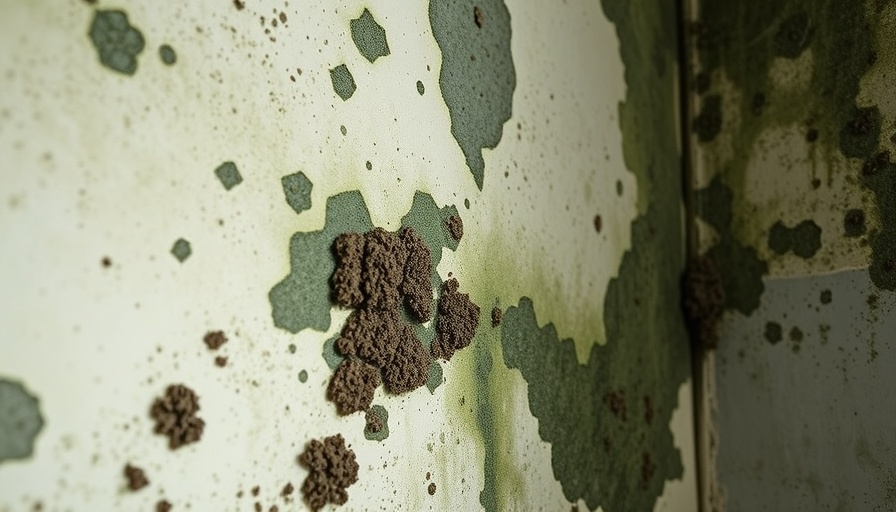
The Hidden Threat of Contaminated Water
When we think of contaminated water, our first instinct might be to consider its effects on our drinking supply or cooking. However, the implications of contaminated water run much deeper. It can create conditions for the growth of airborne pathogens that pose hidden health threats within our home environments. Understanding these risks is crucial for protecting the health of our families and maintaining a safe living space.
What Are Waterborne Pathogens?
Waterborne pathogens, including bacteria, viruses, and fungi, are microscopic organisms that thrive in contaminated water. Legionella, for example, is known to cause Legionnaires’ disease, while E. coli is often linked to fecal contamination. Mold spores can also flourish in water-rich conditions, eventually dispersing into the air. The transformation of these pathogens from water to air represents a significant health threat that is often overlooked.
How Contamination Occurs
Contamination can lead to airborne pathogen growth through various means:
Moist Environment: Leaks, flooding, or high humidity create dampness that helps pathogens thrive, with mold releasing spores into the air as it spreads.
HVAC Systems: Contaminated water in HVAC units can aerosolize bacteria and spores, allowing them to circulate throughout the home.
Improper Drainage: Backed-up systems can release pathogens into the air, particularly in areas like bathrooms and basements.
Standing Water in Appliances: Dishwashers and washing machines, if unmaintained, can harbor bacteria and release them during use.
Health Risks You Should Know
The presence of airborne pathogens can lead to significant health concerns:
Respiratory Issues: Individuals may experience difficulty breathing, chronic coughing, or exacerbation of asthma.
Infections: Serious diseases such as Legionnaires’ disease and various fungal infections can result from exposure.
Allergies: Symptoms may include sneezing, itching, and irritation, complicating the wellbeing of sensitive individuals.
Long-Term Health Complications: for those with weakened immune systems, the consequences of exposure can be severe and long-lasting.
A Call For Action: Proactive Measures
Maintaining a healthy indoor environment requires vigilance. Homeowners should consider:
Investing in mold inspection and remediation services to keep their properties mold-free.
Regularly checking plumbing for leaks and implementing preventive maintenance for HVAC systems.
Being mindful of humidity levels and using dehumidifiers where necessary.
The journey to a safe and healthy home begins with awareness and action.
The Future of Home Health Safety
As our understanding of how contaminated water can lead to airborne pathogens deepens, it becomes vital for us to adapt our home safety practices. Forward-looking homeowners will enroll in regular mold testing and engage professional services for swift and effective mold removal, ensuring their home remains a safe sanctuary.
A Closing Reminder
Recognizing the potential for contaminated water to lead to airborne pathogens is essential. By taking steps to reduce risks and promote a healthy home, we can protect ourselves and our families from unseen dangers lurking in our living spaces. Stay informed, stay proactive, and prioritize the safety of your environment.
#ContaminatedWater, #AirbornePathogens, #LegionnairesDisease, #MoldPrevention, #HomeSafety
 Add Row
Add Row  Add
Add 




 Add Row
Add Row  Add
Add 


Write A Comment